1. Software
One of the most essential tools for a comic book artist today is software. Software allows you to create, edit, colour, letter, and publish your comics digitally, saving you time and money. There are many software options available for comic book artists, but here are some of the most popular and widely used ones:
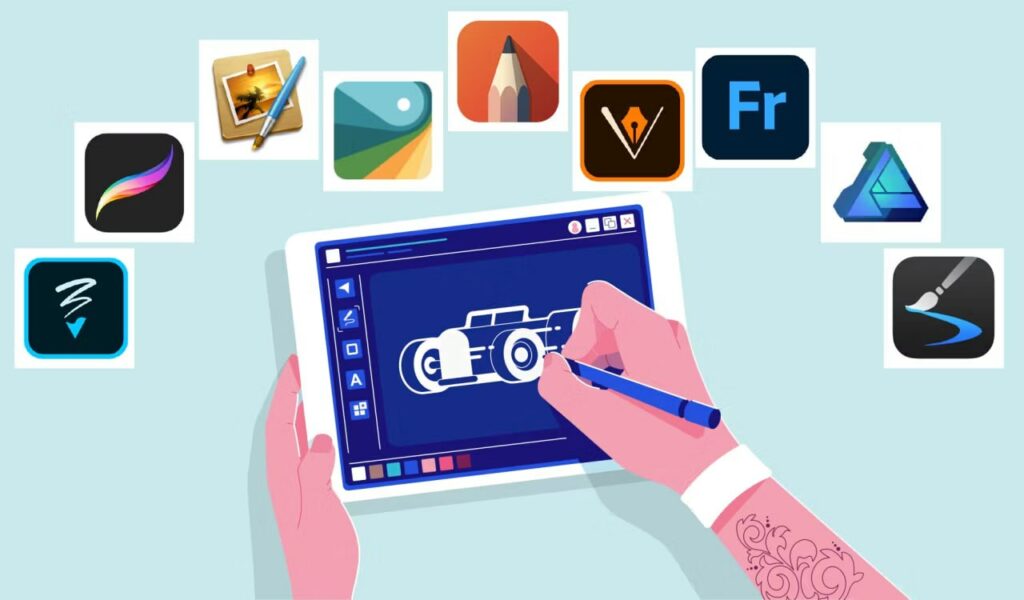
- Clip Studio Paint: This is one of the most popular and versatile software for comic book artists. It has a lot of features and tools specifically designed for comics, such as perspective rulers, 3D models, vector layers, speech balloons, screentones, and more. It also has a large community of users and resources online. You can use it for both drawing and colouring your comics, as well as animating them if you want. It’s available for Windows, Mac, iOS, Android, Chromebook, and iPad. At Zebra Comics, we call it “The One”. As a company that publishes African comics on our online platforms for a wide audience, we need to produce fast and maintain quality. Clip Studio Paint helps us stay productive.
- Photoshop: This is another popular and powerful software for comic book artists. I know many African comic book creators who use Photoshop to create comics. It’s mainly used for colouring and editing your comics, but it also has drawing and lettering capabilities. Photoshop offers a wide range of brushes, filters, and adjustment tools that allow for detailed and polished artwork. It’s known for its versatility and extensive community of users, making it easy to find tutorials and resources online. Photoshop is available for both Windows and Mac.
- Procreate: If you prefer to work on an iPad, Procreate is an excellent choice. It’s a powerful and intuitive drawing and painting app that offers a wide variety of brushes, layer options, and effects. Procreate is known for its responsive and realistic brush engine, making it a favourite among digital artists. Even among African comic creators. It also supports time-lapse recordings, allowing you to share your creative process with others. This is particularly useful for those who make tutorials. It is also a good way to show your work process to your audience. Procreate is exclusive to iPad and is widely regarded as one of the best drawing apps available.
- Medibang Paint: This software is free and offers many features and tools specifically tailored for comic book artists. It has a user-friendly interface and a wide range of customizable brushes and screen tones. Medibang Paint also supports cloud storage, allowing you to easily access your work across multiple devices. It’s available for Windows, Mac, iOS, and Android. Many beginners tend to use Medibang since its easy interface makes it easier for them to learn the basics and grow their craft.
These are just a few examples of the software options available to comic book artists. Each software has its own strengths and features, so it’s important to try them out and see which one aligns best with your artistic style and workflow. Many of these software options offer free trials or lite versions, so you can experiment and find the one that suits you best.
2. Hardware
Alongside software, having the right hardware is crucial for comic book artists. Especially for those who are still beginners and those who still value traditional methods. Here are some essential tools that can enhance your artistic process:

- Drawing Tablet: A drawing tablet allows you to draw directly on a digital surface, providing a more natural and intuitive drawing experience. Personally, it is a great artistic tool. One popular option is the Wacom Intuos Pro, which offers pressure sensitivity, customizable buttons, and a large drawing area. Other notable brands include Huion, XP-Pen, and Apple iPad Pro with Apple Pencil.
- Digital Pen: If you’re using a drawing tablet or a touch-screen device like the iPad, a digital pen is a must-have tool. It provides precision and control while drawing or inking your comics. Some popular digital pens include the Wacom Pro Pen 2, Apple Pencil, and Adonit Pro 4.
- Scanner: If you prefer working traditionally and want to digitise your artwork, a scanner is essential. It allows you to scan your pencil sketches or inked pages and import them into your preferred software for colouring and editing. Epson and Canon are well-known brands that offer high-quality scanners for artists.
- Printer: Having a reliable printer is important for printing out reference materials, making physical copies of your comics, or creating prints for conventions or art sales. Look for a printer that can produce high-quality prints with accurate colours. Canon and Epson are popular brands known for their printers designed for artists.
- Traditional Art Supplies: Even if you work digitally, traditional art supplies can still be useful. Pencils, pens, brushes, ink, and paper are great for sketching, inking, and exploring new ideas. Experimenting with traditional mediums can also enhance your digital artwork and provide a unique touch to your comics.
3. Pens, Pencils, and Brushes
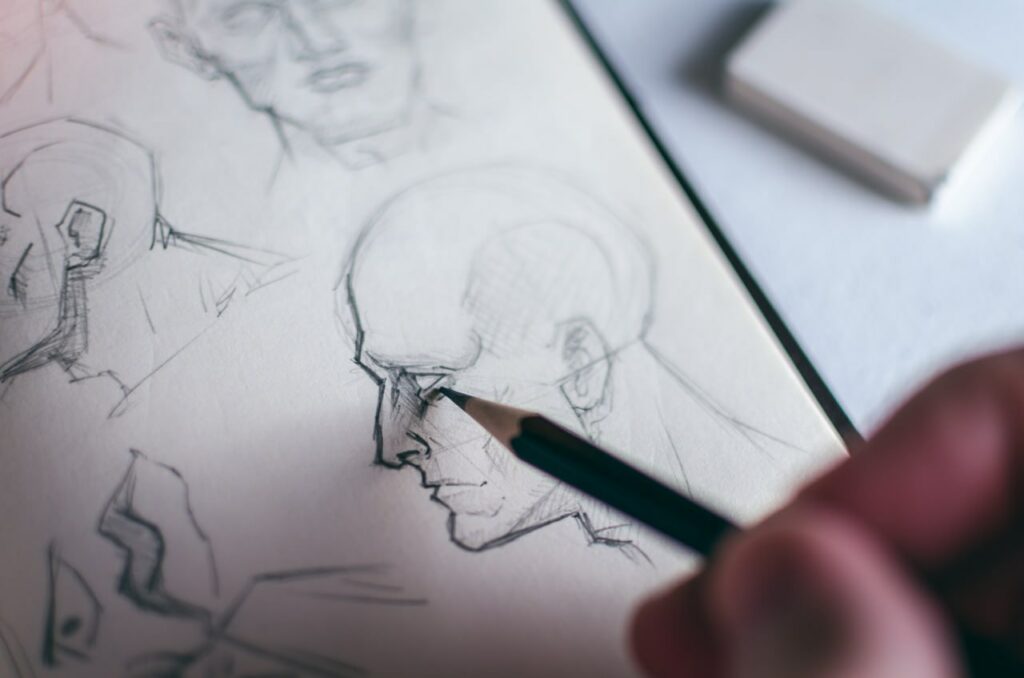
In comic book art, the tools you use to create lines and textures are crucial. Here are some popular options for pens, pencils, and brushes:
- Technical Pens: Technical pens, such as Sakura Pigma Micron or Copic Multiliner, are often favoured for their consistent line quality. They come in various tip sizes and are perfect for creating clean and precise lines.
- Brush Pens: Brush pens offer a dynamic and versatile line quality, allowing for expressive and organic strokes. Brands like Pentel, Kuretake, and Tombow provide a range of brush pens with different bristle types and sizes.
- Mechanical Pencils: Mechanical pencils with varying lead sizes are ideal for creating detailed and precise pencil sketches. Rotring and Staedtler are reputable brands known for their quality mechanical pencils.
- Inking Brushes: For traditional inking, brushes are a popular choice. Sable, synthetic, or bristle brushes can produce a range of line weights and textures. Brands like Winsor & Newton and Raphael offer quality inking brushes suitable for comic book art.
It’s important to experiment with different tools to find the ones that best suit your style and preferences. Every artist has unique preferences when it comes to the feel and control of their artistic tools, so don’t be afraid to try different options and combinations.
4. Paper and Comics Supplies
Choosing the right paper is crucial for creating quality comic book pages. Here are some options to consider:
- Comic Book Art Boards: These are specifically designed for comic book artists and provide a standard format for creating comic pages. They often have ruled borders and pre-printed panels, making it easier to plan and lay out your artwork.
- Bristol Board: Bristol board is a popular choice for comic book art due to its smooth surface and durability. It works well with various mediums, such as pencils, ink, and markers.
- Watercolor Paper: If you prefer working with watercolours or markers, watercolour paper can handle the wet media without buckling or warping. Look for heavyweight paper with a suitable texture for your preferred medium.
- Markers and Inks: In addition to traditional mediums, markers and inks are commonly used in comic book art for colouring and inking. Copic markers and Dr. Ph. Martin’s Bombay India Ink are popular choices among artists.
5. Tips for Effective and Creative Use
Now that you have an overview of some of the best tools for comic book artists, here are some tips on how to use them effectively and creatively:
- Practice and Experiment: Familiarize yourself with the tools by practising regularly. Experiment with different brushes, settings, and techniques to discover new possibilities and refine your skills.
- Study and Learn: Take the time to study comic book art styles, composition, storytelling, and colour theory. Learning from other artists and analysing their work can inspire and improve your own artwork. One of the core principles at Zebra Comics is continuous learning. Evaluate yourself periodically by comparing your art from different time periods.
- Collaborate and Seek Feedback: Join online communities, forums, or local art groups to connect with other artists. Collaborating with others and receiving constructive feedback can help you grow as an artist and gain fresh perspectives. Some artists take criticism personally, but in order to improve, one must accept their flaws and learn from them.
- Stay Organized: Develop a system to keep your digital and physical files organised. Naming conventions, file folders, and backup strategies can save you time and prevent the loss of artwork.
- Keep Learning: The world of art and technology is ever-evolving. Stay updated on the latest software updates, tools, and techniques. Attend workshops, watch tutorials, and read art books to continue expanding your knowledge and skills.
By combining the right tools with dedication and practice, you can unleash your creativity and bring your comic book visions to life. Remember that the best tools are those that empower you to express your unique artistic voice and tell compelling stories.
Conclusion
As a comic book artist at Zebra Comics, having the right tools is essential for unleashing my creativity and bringing stories to life. From software and hardware to pens, pencils, and paper, each tool plays a crucial role in the artistic process. By exploring different options, experimenting with various techniques, and continuously learning, you too can develop your skills and create captivating comic book art. Embrace the journey, have fun, and enjoy the limitless possibilities that come with being a comic book artist. And to my fellow African comic book creators, let’s break the wheel!
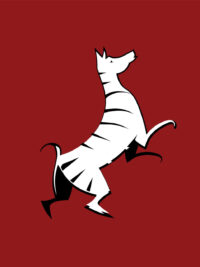
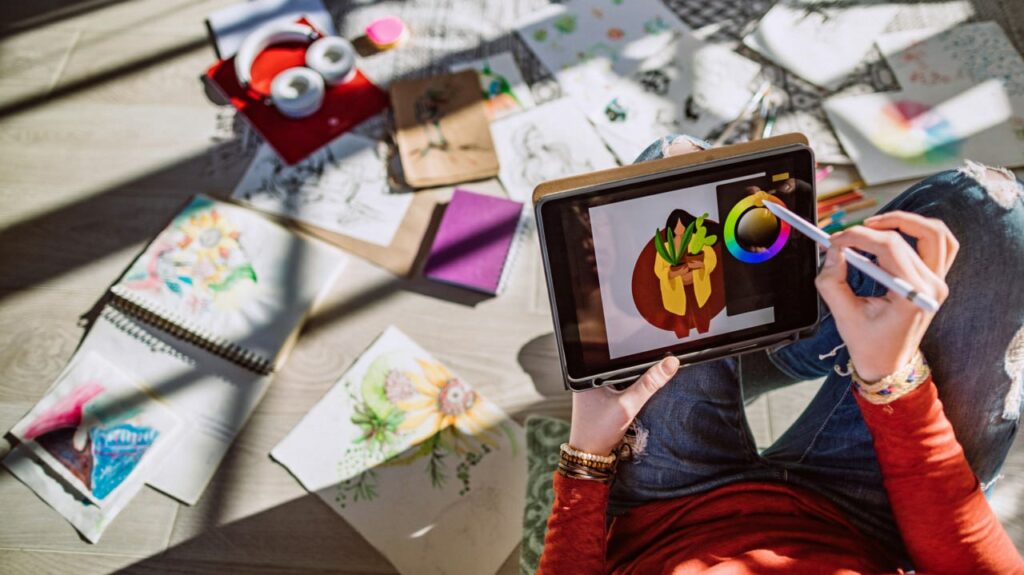

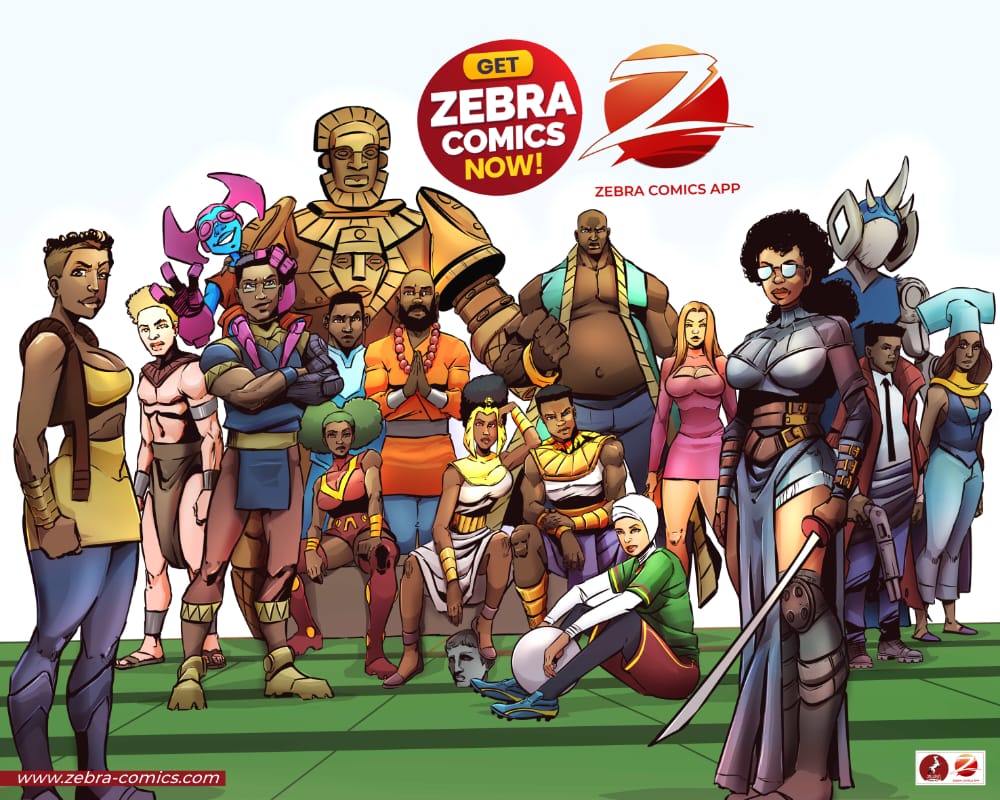
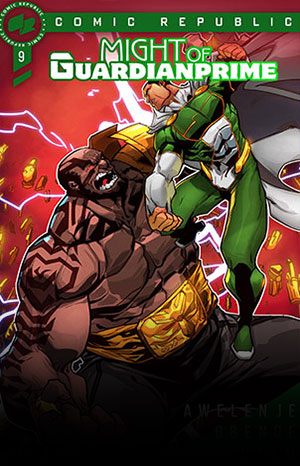
I’m happy I fell on this.